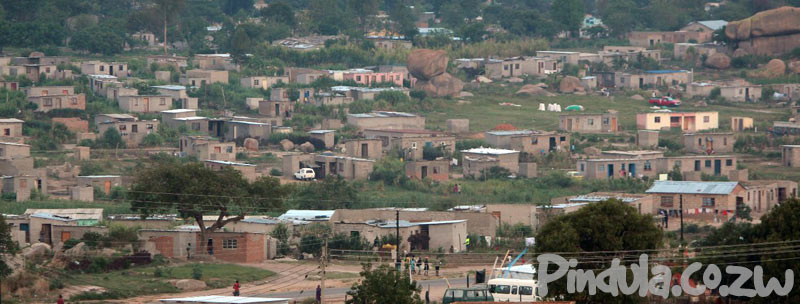More than 16,500 houses in Epworth, built illegally on land designated for schools, hospitals, and industrial development, are facing demolition.
The affected residents will be relocated to other parts of the suburb through a densification programme.
This came out during a workshop on Friday, 23 May, where local authorities in Harare Metropolitan Province presented updates on their draft master plans to Minister Charles Tavengwa.
Epworth Local Board spatial planner Pardon Chibuwe revealed that the illegal settlements had taken over land for essential public services. Said Chibuwe:
One of the findings from the total study that we carried out for the Epworth Master Plan, is that we have an estimated 16 500 people who are settled in areas that we are saying are land use conflict areas.
What we mean by that is we have areas that have been planned for other industries which are industrial, we have schools, we have hospital sites, we have say clinics and all that.
So those areas have been invaded by illegal land developers, which now poses a challenge on behalf of the local authority especially to do with how are we then going to locate these people, where are we going to put these people.
However, he noted that the local board plans to regularise the settlements through a densification strategy, which will involve some evictions. Said Chibuwe:
To solve some of these issues, we have proposed densifying areas of conflict that can absorb some of this population.
Through densification, we aim to reduce the size of stands in those areas we have identified, and we also want to promote densification by building up (vertical development) structures that will accommodate more people.
He further revealed that Epworth has approximately 2,500 residential stands, each averaging 3,000m², which have been earmarked for densification.
It also emerged that, due to widespread land invasions, there is no longer available space in Epworth for essential public infrastructure such as cemeteries, schools, churches, and industrial developments.
More: The Herald



Back to top